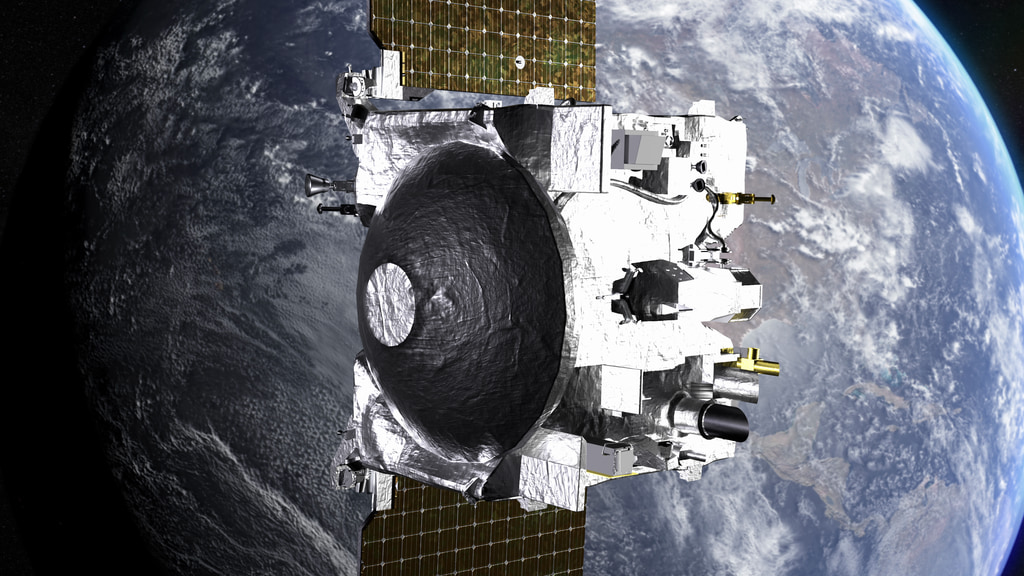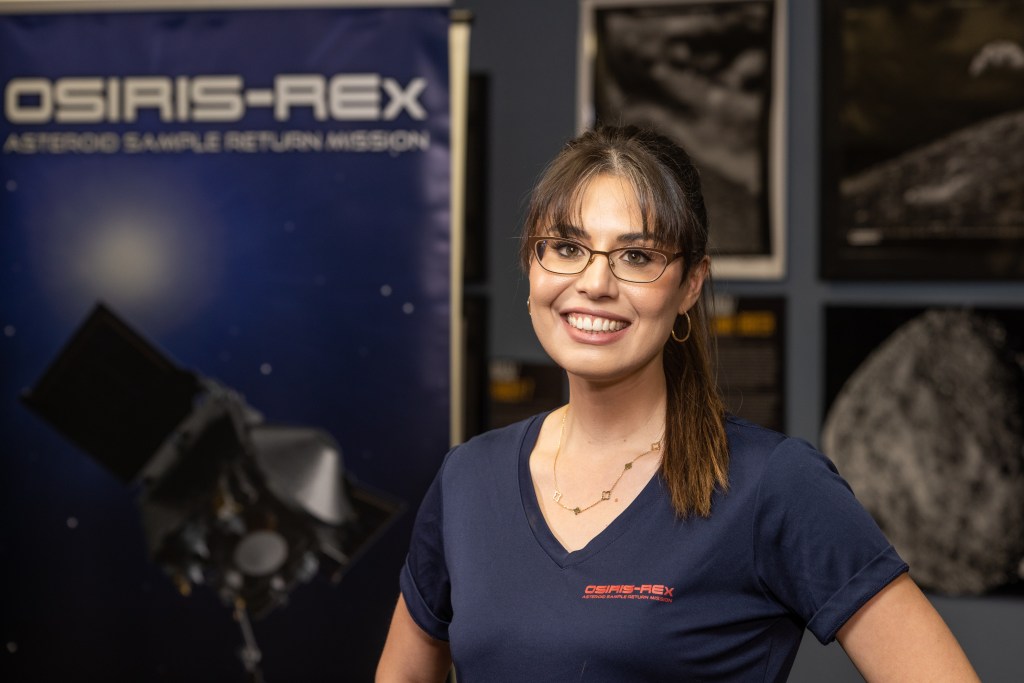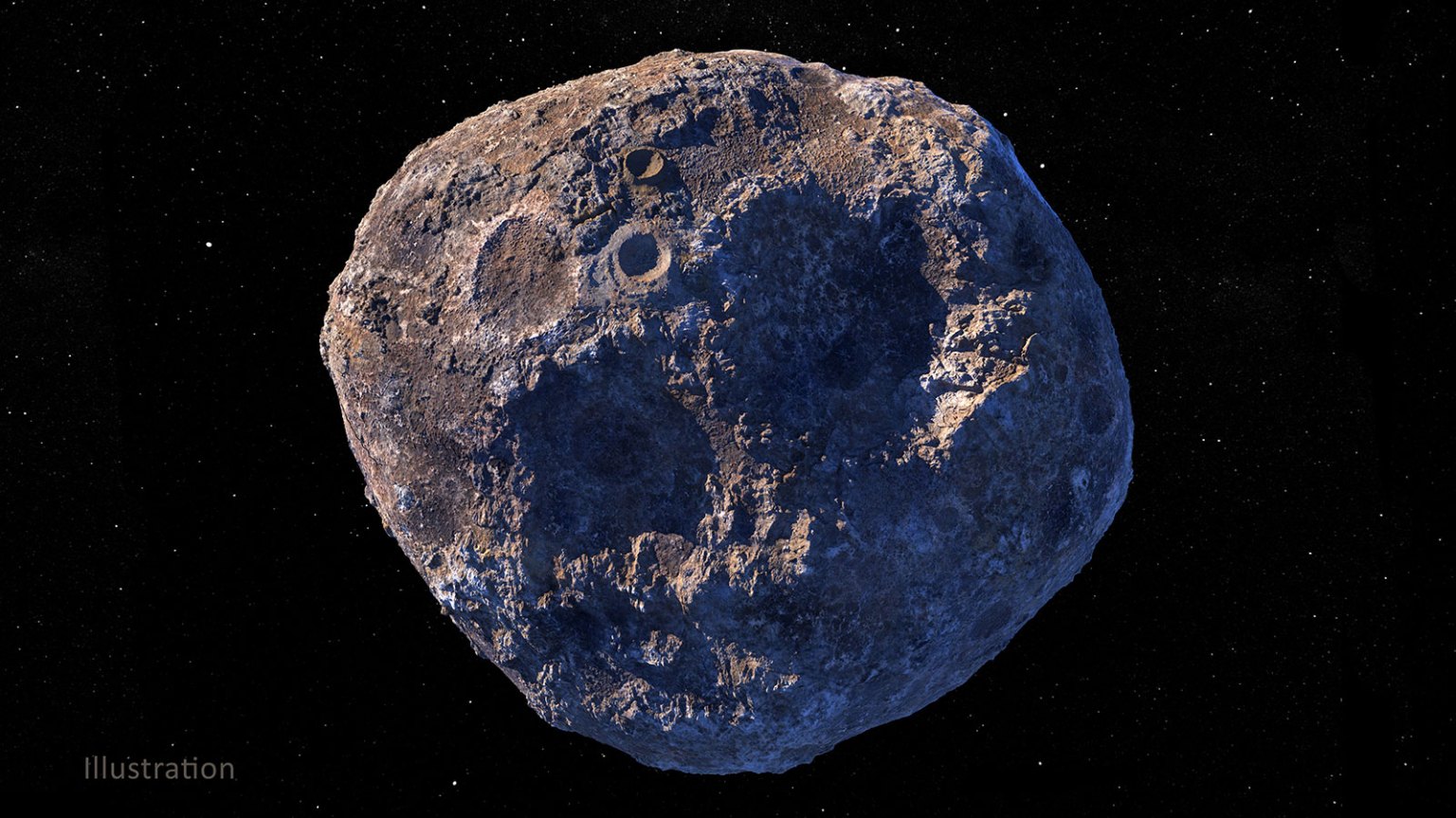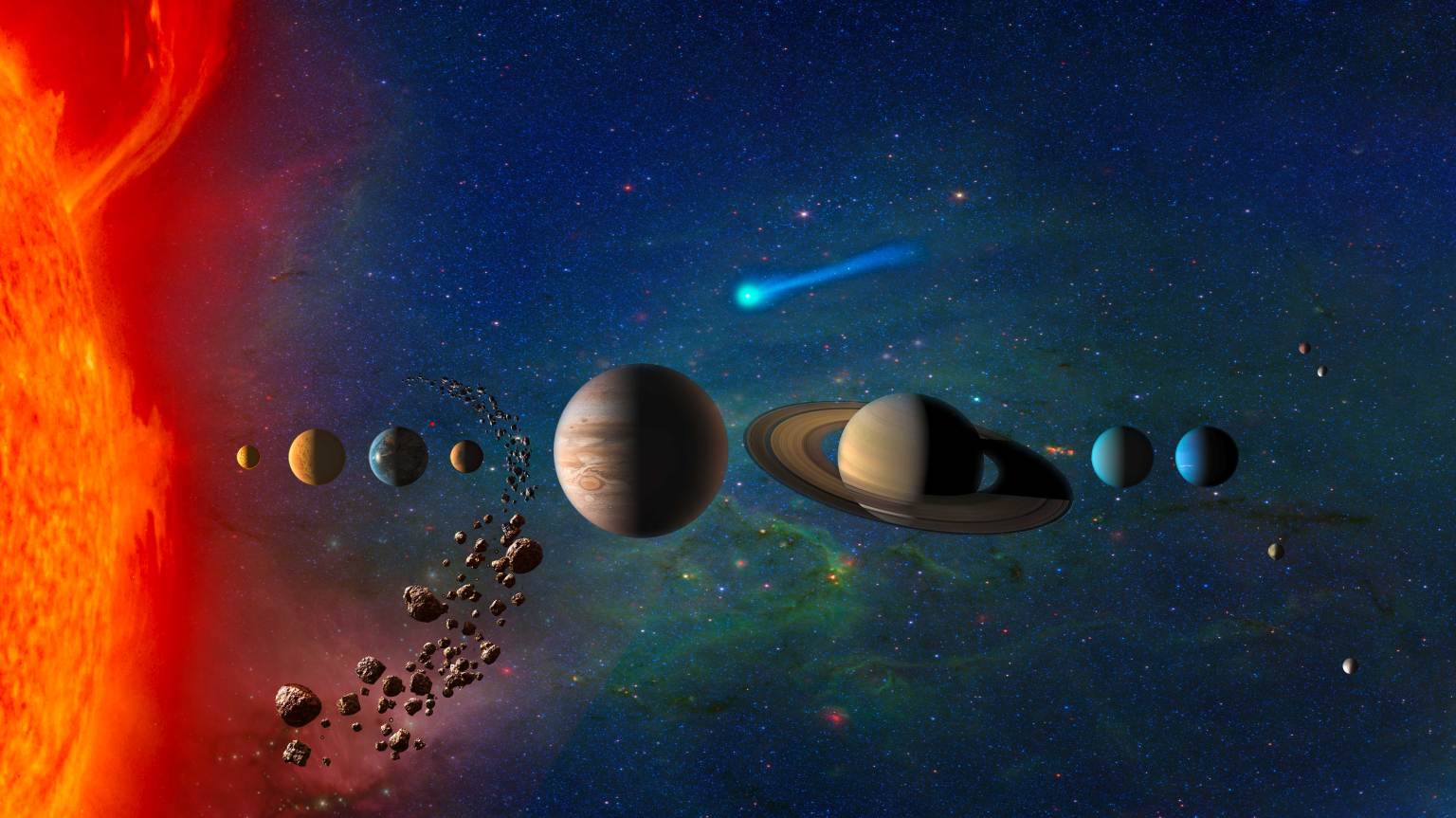OSIRIS-APEX
Origins, Spectral Interpretation, Resource Identification and Security – Apophis Explorer

NASA’s OSIRIS-APEX Unscathed After Searing Pass of Sun
Despite traveling 25 million miles closer to the heat of the Sun on Jan. 2, 2024, than it was originally designed to, OSIRIS-APEX remained unscathed. A couple of instruments came out better than expected after exposure to higher temperatures.
Learn MoreOverview
OSIRIS-APEX is a mission to study the physical changes to asteroid Apophis that will result from its rare close encounter with Earth in April 2029. That year, Apophis’ orbit will bring it within 20,000 miles (32,000 kilometers) of Earth’s surface — closer to Earth than our highest-altitude satellites. Our planet’s gravitational pull is expected to alter the asteroid’s orbit, change how fast it spins on its axis, and possibly cause quakes or landslides that will alter its surface.
OSIRIS-APEX will allow scientists on Earth to observe these changes. Additionally, the OSIRIS-APEX spacecraft will dip toward the surface of Apophis – a “stony” asteroid made of silicate (or rocky) material and a mixture of metallic nickel and iron – and fire its engines to kick up loose rocks and dust. This maneuver will give scientists a peek at the composition of material just below the asteroid’s surface.
Apophis
When it was discovered in 2004, Apophis was identified as one of the most hazardous asteroids that could impact Earth. But the asteroid was removed from the impact risk list after astronomers tracked Apophis and its orbit became better determined.
Learn More
Dani Mendoza DellaGiustina
Dani Mendoza DellaGiustina, the principal investigator of OSIRIS-APEX, is a planetary scientist with expertise in surface and near-surface structure of small airless worlds across the solar system. She was previously the deputy principal investigator for OSIRIS-REx.
Learn More

OSIRIS-REx
OSIRIS-REx, the first U.S. mission to collect an asteroid sample in 2020, delivered the sample to Earth on Sept. 24, 2023.
Learn More





























